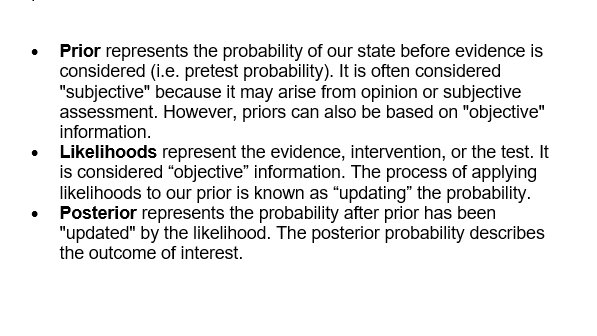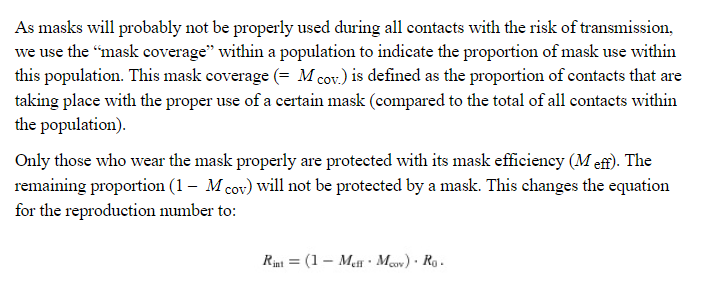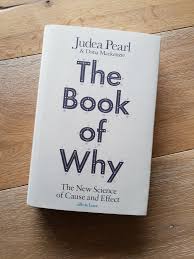
Family Doc, Clinical Informaticist, EBM & Bioethics enthusiast | Faculty @AdventHealth Family Medicine Residency | @UFMEDICINE alum
How to get URL link on X (Twitter) App




https://twitter.com/raj_mehta/status/1383189719375298565

https://twitter.com/dr_dmorgan/status/1381667631099351040?s=202/

https://twitter.com/MartinLandray/status/13696664109564190782/ Convalescent plasma (CP) is the best example of the all too common US failure.




https://twitter.com/raj_mehta/status/1248489868121886721?s=202/ "Confounding by Indication"

https://twitter.com/megtirrell/status/1255960631892721666?s=202/ In study design, more study Power means we are more likely to notice a treatment effect (assuming an effect exists).



https://twitter.com/raj_mehta/status/11818113073492541452/
https://twitter.com/raj_mehta/status/1245723877507878912